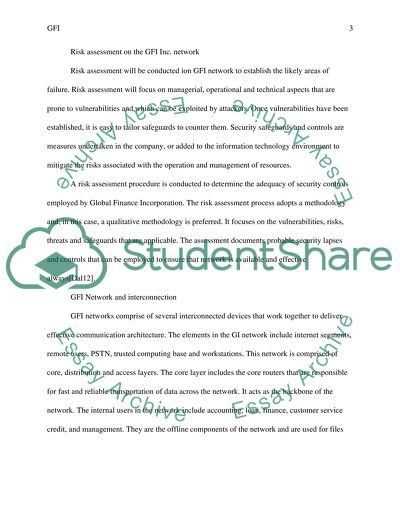Cite this document
(“Risk Assessment Research Paper Example | Topics and Well Written Essays - 2500 words”, n.d.)
Retrieved from https://studentshare.org/information-technology/1682294-risk-assessment
Retrieved from https://studentshare.org/information-technology/1682294-risk-assessment
(Risk Assessment Research Paper Example | Topics and Well Written Essays - 2500 Words)
https://studentshare.org/information-technology/1682294-risk-assessment.
https://studentshare.org/information-technology/1682294-risk-assessment.
“Risk Assessment Research Paper Example | Topics and Well Written Essays - 2500 Words”, n.d. https://studentshare.org/information-technology/1682294-risk-assessment.


